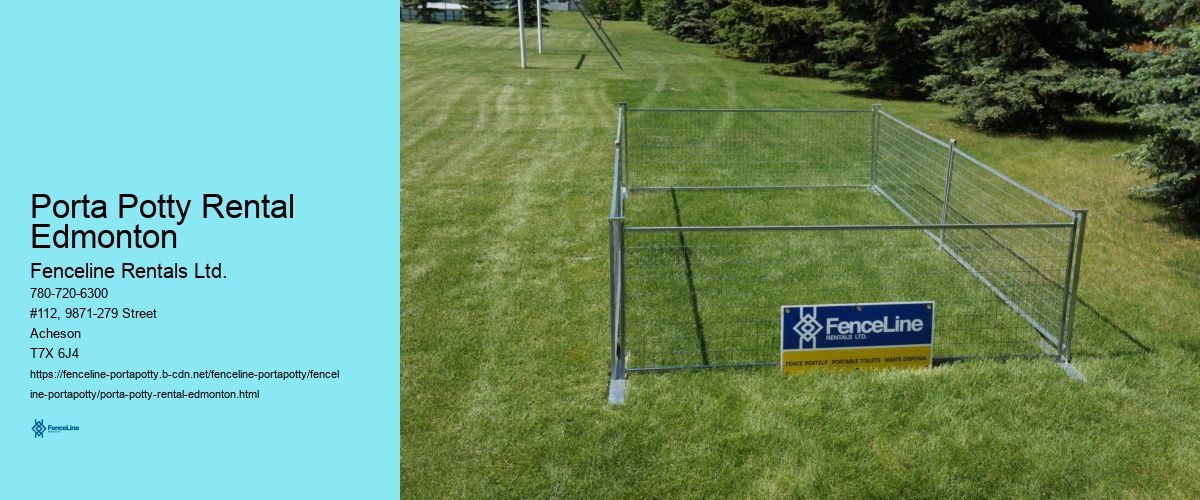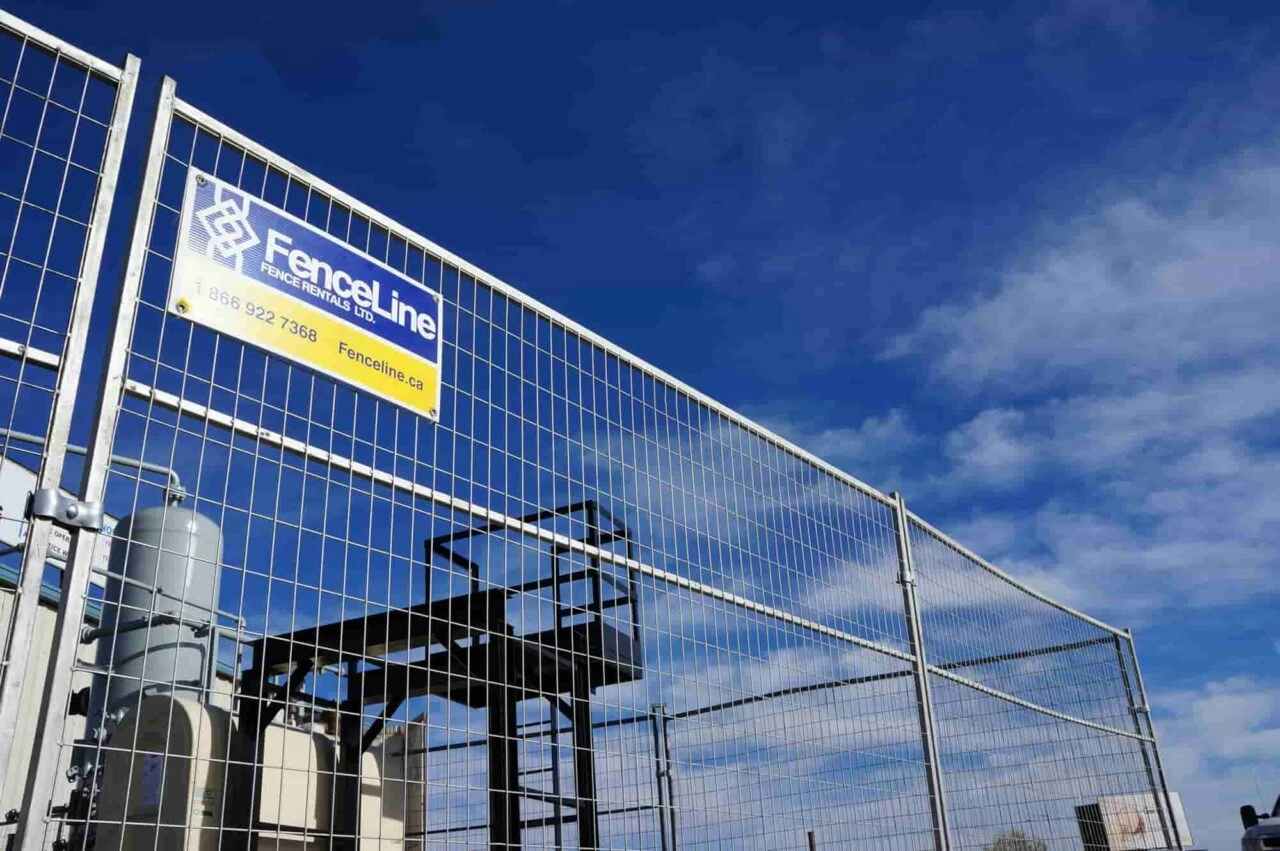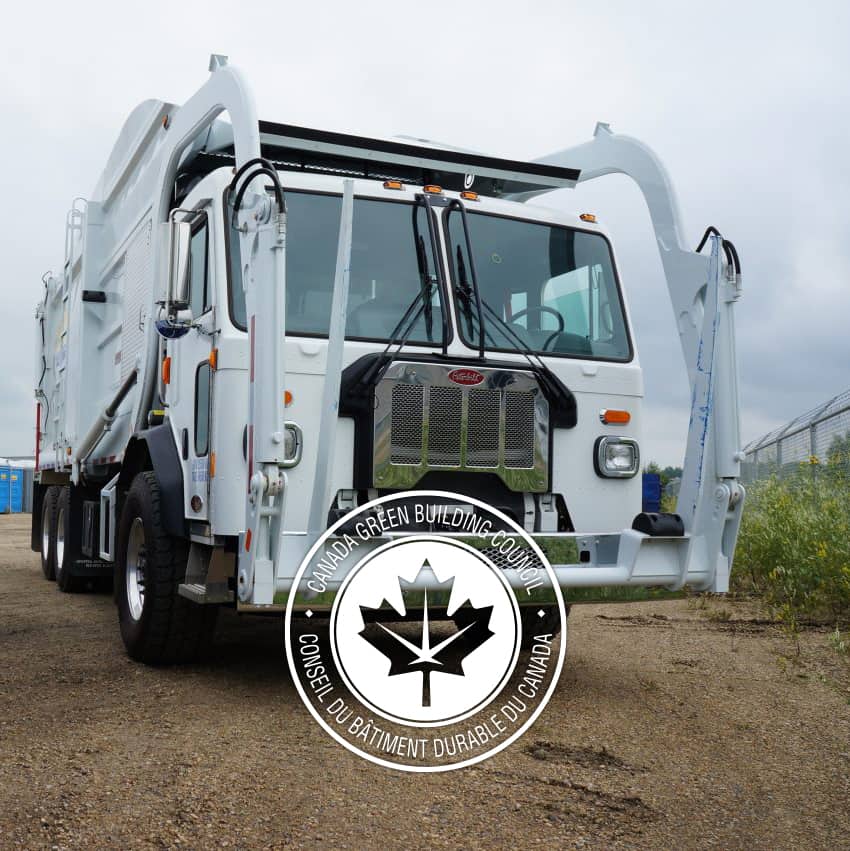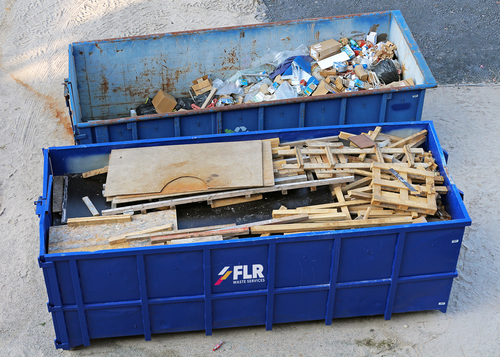
What Is the Best Solution for Your Outdoor Events? Get Porta Potty Rental in Edmonton!
This article is about the city in Canada. For the town in England, see Edmonton, London. For other uses, see Edmonton (disambiguation).
|
Edmonton |
|
|---|---|
| City of Edmonton | |
|
Walterdale Bridge and Downtown Edmonton skyline |
|



Logo |
|
| Nicknames:
Canada's Festival City, City of Champions, The Oil Capital of Canada more...[1] |
|
| Motto(s):
Industry, integrity, progress |
|

Edmonton Location of Edmonton in Alberta |
|
Coordinates:  53°32′04″N 113°29′25″W[2]Coordinates: 53°32′04″N 113°29′25″W[2]Coordinates:  53°32′04″N 113°29′25″W[2] 53°32′04″N 113°29′25″W[2] |
|
| Country | Canada |
| Province | Alberta |
| Region | Edmonton Metropolitan Region |
| Census division | 11 |
| Adjacent Specialized municipality | Strathcona County |
| Adjacent municipal districts | Leduc County, Parkland County and Sturgeon County |
| Founded | 1795 |
| Incorporated[3][4] | |
| • Town | January 9, 1892 |
| • City | October 8, 1904 |
| Amalgamated[3] | February 12, 1912 |
| Named for | Edmonton, London |
| Government | |
| • Body | Edmonton City Council |
| • Mayor | Amarjeet Sohi |
| • Manager | Andre Corbould[5] |
| Area
(2021)[6] |
|
| • Land | 765.61 km2 (295.60 sq mi) |
| • Urban | 627.20 km2 (242.16 sq mi) |
| • Metro | 9,416.19 km2 (3,635.61 sq mi) |
| Elevation | 645 m (2,116 ft) |
| Population | |
| • City | 1,010,899 (5th) |
| • Density | 1,320.4/km2 (3,420/sq mi) |
| • Urban | 1,151,635 (5th) |
| • Urban density | 1,836.2/km2 (4,756/sq mi) |
| • Metro | 1,418,118 (6th) |
| • Metro density | 150.6/km2 (390/sq mi) |
| • Municipal census (2019) | 972,223[8] |
| • Estimate (2020) | 1,047,526[9] |
| Demonym | Edmontonian |
| Time zone | UTC−07:00 (MST) |
| • Summer (DST) | UTC−06:00 (MDT) |
| FSAs | |
| Area codes | 780, 587, 825, 368 |
| NTS Map | 83H5 Leduc, 83H6 Cooking Lake, 83H11 Edmonton, 83H12 St. Albert |
| GNBC Code | IACMP[2] |
| GDP (Edmonton CMA) | CA$90.48 billion (2018)[12] |
| GDP per capita (Edmonton CMA) | CA$63,601 (2022)[13] |
| Website | www |
Edmonton (/ˈɛdməntən/ (![]() listen) ED-mən-tən) is the capital city of the Canadian province of Alberta. Edmonton is situated on the North Saskatchewan River and is the centre of the Edmonton Metropolitan Region, which is surrounded by Alberta's central region. The city anchors the north end of what Statistics Canada defines as the "Calgary–Edmonton Corridor".[14]
listen) ED-mən-tən) is the capital city of the Canadian province of Alberta. Edmonton is situated on the North Saskatchewan River and is the centre of the Edmonton Metropolitan Region, which is surrounded by Alberta's central region. The city anchors the north end of what Statistics Canada defines as the "Calgary–Edmonton Corridor".[14]
As of 2021, Edmonton had a city population of 1,010,899 and a metropolitan population of 1,418,118, making it the fifth-largest city[15][16] and sixth-largest metropolitan area (CMA) in Canada.[17][18] Edmonton is North America's northernmost large city and metropolitan area comprising over one million people each. A resident of Edmonton is known as an Edmontonian.[19]
Edmonton's historic growth has been facilitated through the absorption of five adjacent urban municipalities (Strathcona, North Edmonton, West Edmonton, Beverly and Jasper Place)[20] in addition to a series of annexations through 1982,[21] and the annexation of 8,260 ha (82.6 km2; 31.9 sq mi) of land from Leduc County and the City of Beaumont on January 1, 2019.[22] Known as the "Gateway to the North",[23] the city is a staging point for large-scale oil sands projects occurring in northern Alberta and large-scale diamond mining operations in the Northwest Territories.[24]
Edmonton is a cultural, governmental and educational centre. It hosts a year-round slate of festivals, reflected in the nickname "Canada's Festival City".[1] It is home to North America's second largest mall, West Edmonton Mall (the world's largest mall from 1981 until 2004);[25][26][27] and Fort Edmonton Park, Canada's largest living history museum.[28]
Established as the first permanent settlement in the area of what is now Edmonton, the Hudson's Bay Company trading post of Fort Edmonton (also known as Edmonton House) was named after Edmonton, Middlesex, England.[29] The fort's name was chosen by William Tomison, who was in charge of its construction, taking the fort's namesake from the hometown of the Lake family – at least five of whom were influential members of the Hudson's Bay Company between 1696 and 1807.[30] In turn, the name of Edmonton derives from Adelmetone, meaning 'farmstead/estate of Ēadhelm' (from Ēadhelm, an Old English personal name, and tūn); this earlier form of the name appears in the Domesday Book of 1086.[31] Fort Edmonton was also called Fort-des-Prairies by French-Canadians, trappers, and coureurs des bois.[32]
Indigenous languages refer to the Edmonton area by multiple names which reference the presence of fur trading posts.[33][34] In Cree, the area is known as amiskwacîwâskahikan,[35] which translates to "Beaver Hills House" and references the location's proximity to the Beaver Hills east of Edmonton. In Blackfoot, the area is known as Omahkoyis;[36][37] in Nakota Sioux, the area is known as Titâga;[38] in Tsuutʼina, the area is known as Nââsʔágháàchú[39] (anglicised as Nasagachoo).[40] The Blackfoot name translates to 'big lodge',[41] while the Nakota Sioux and Tsuutʼina names translate to 'big house'.[33][38][40] In Denesuline, the area is known as Kuę́ Nedhé,[42] a metonymic toponym which also generally means 'city'.




Porta potties can come with a variety of features, including hand sanitizer dispensers, hand washing stations, lighting, mirrors, and even air conditioning. Some units are also wheelchair accessible.
The rental company is responsible for cleaning and maintaining the porta potties. They will typically come to the location periodically to empty and clean the waste tank, refill the toilet paper and supplies, and ensure that the unit is in good working condition.
Porta potties have a waste tank that is located beneath the toilet seat. When someone uses the toilet, the waste goes into the tank. The waste is then treated with chemicals to break it down and reduce odors. The tank can be emptied and cleaned after the rental period is over.
A porta potty, also known as a portable toilet, is a self-contained, temporary outdoor restroom unit that can be easily transported to a location where indoor restroom facilities are not available.